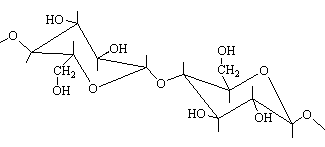
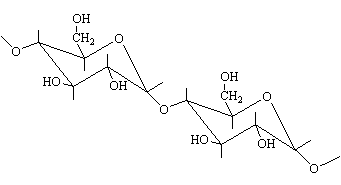

|

|
| beta and alpha 1,4- links between glucose units in cellulose and starch | |
|
tri-iodide ions inside coils of glucose in amylose, see BioTopics |
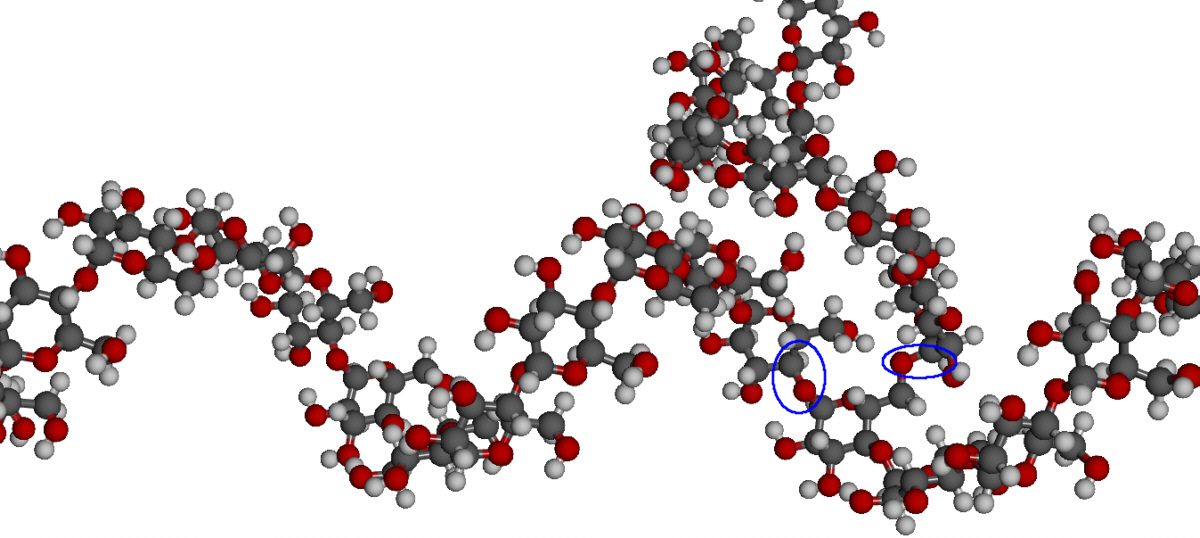
|
Strands of cellulose |
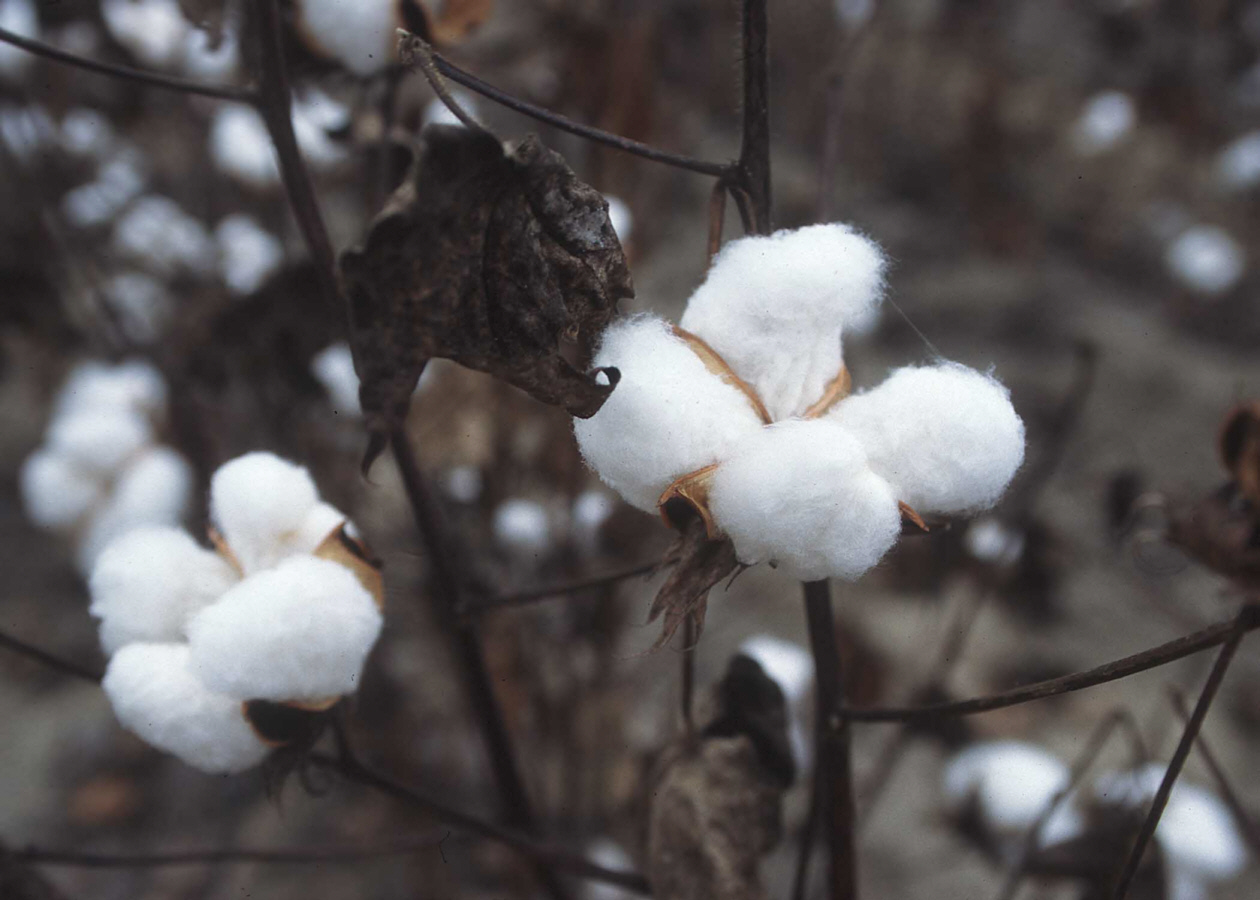
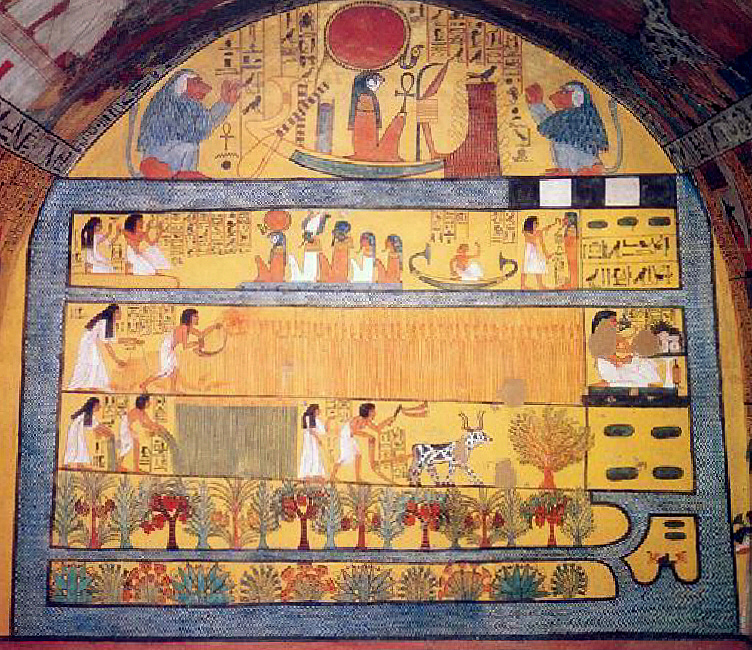
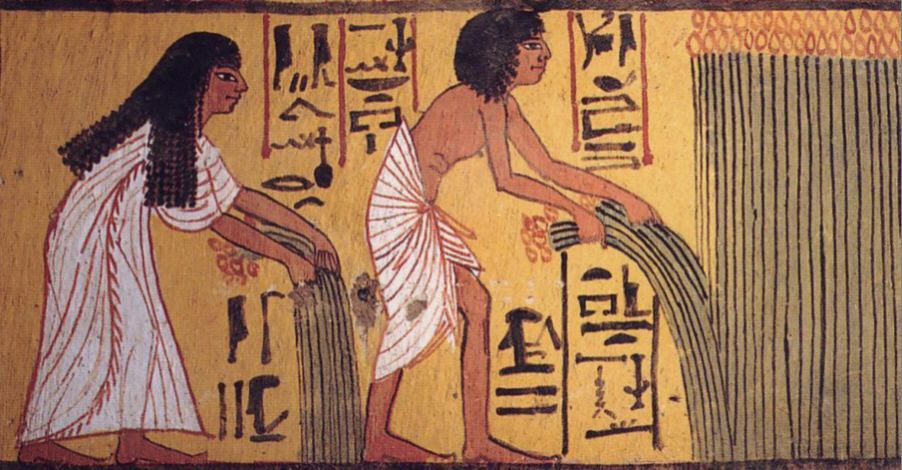
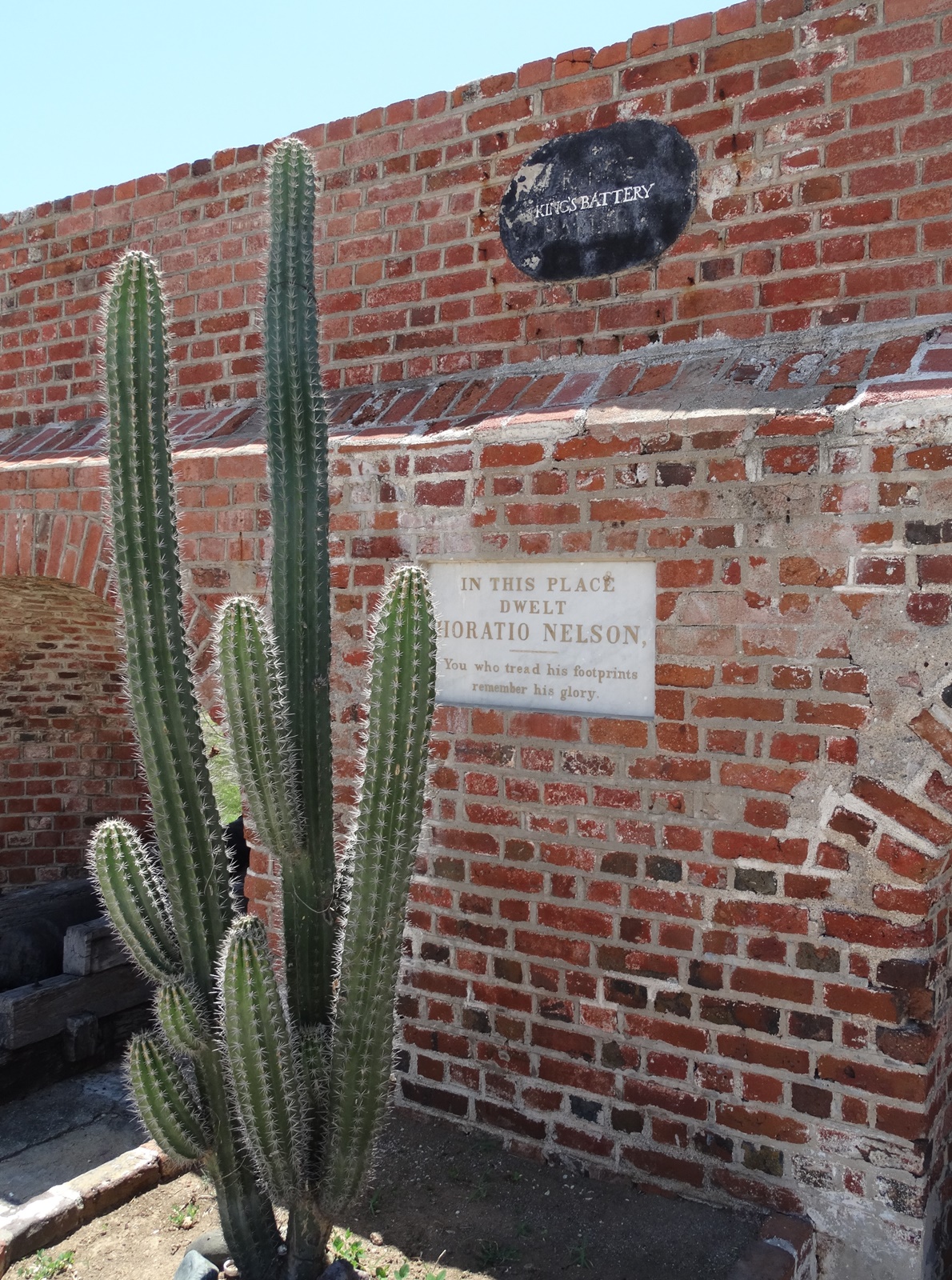
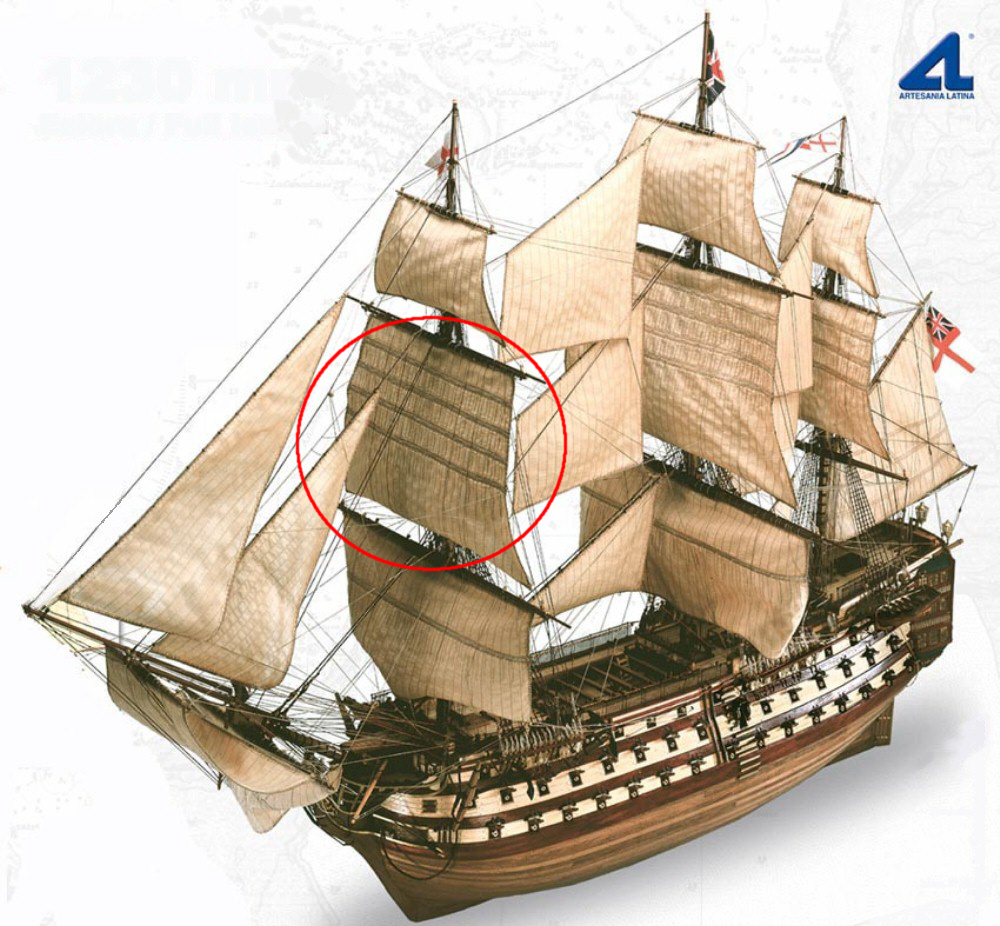
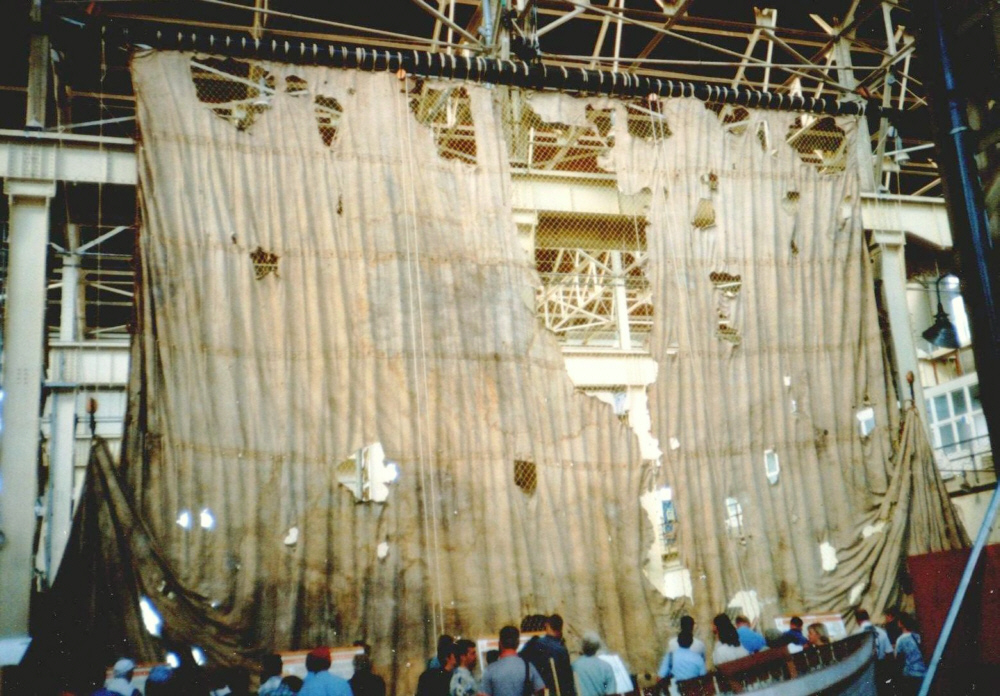
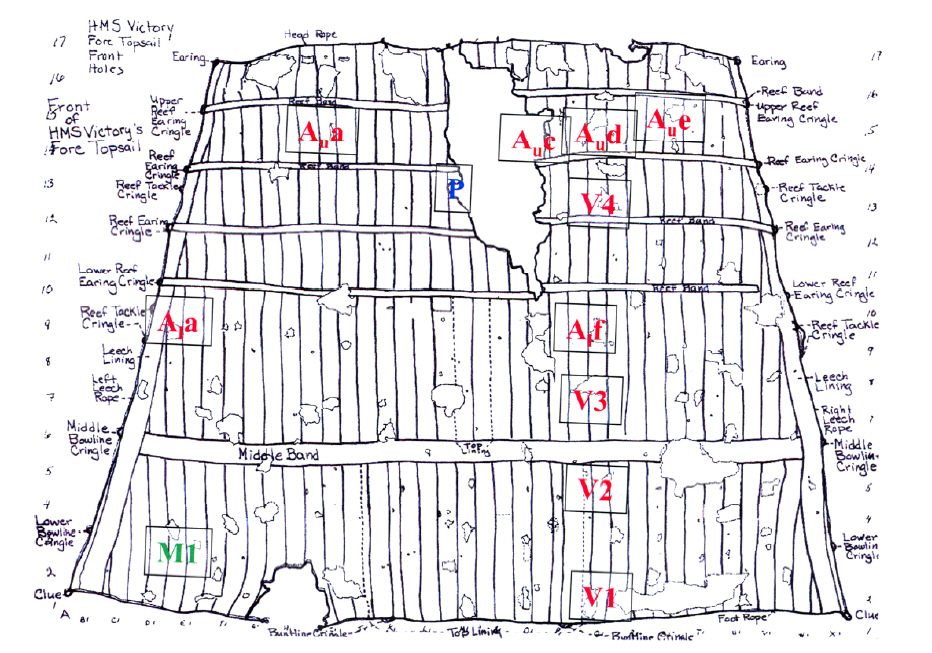
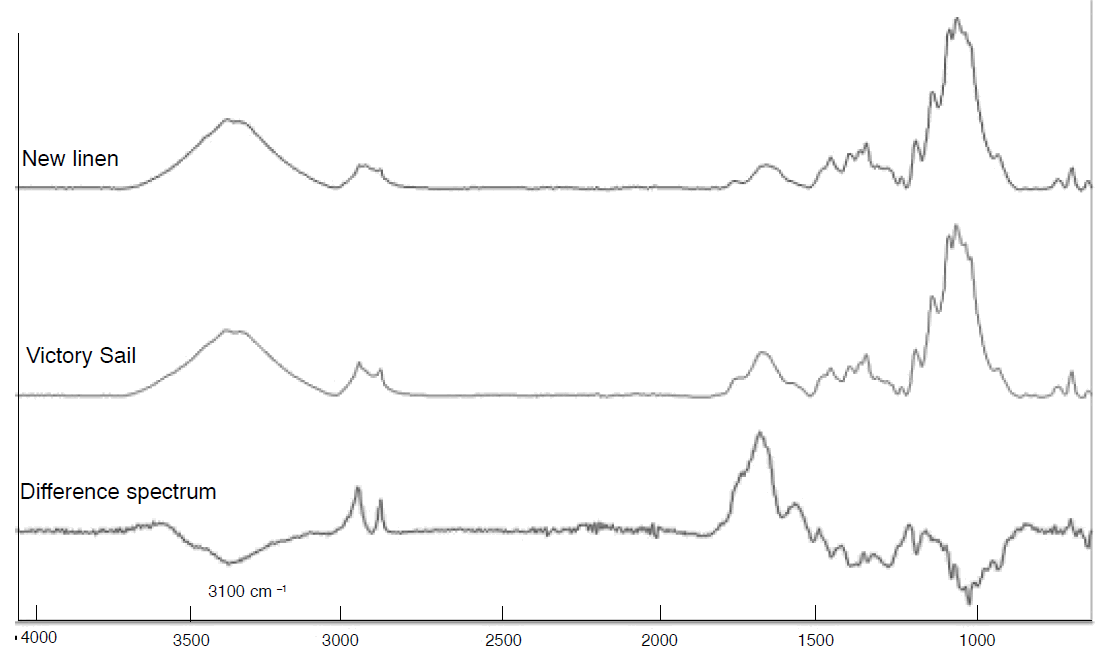
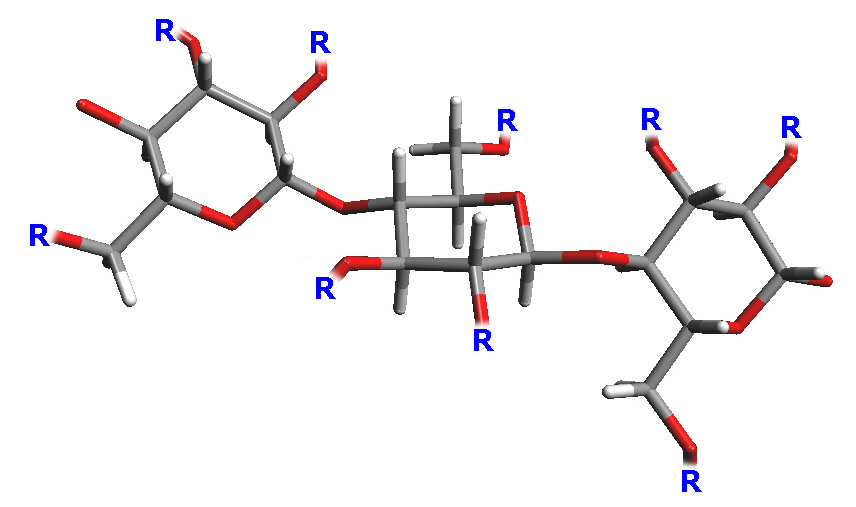
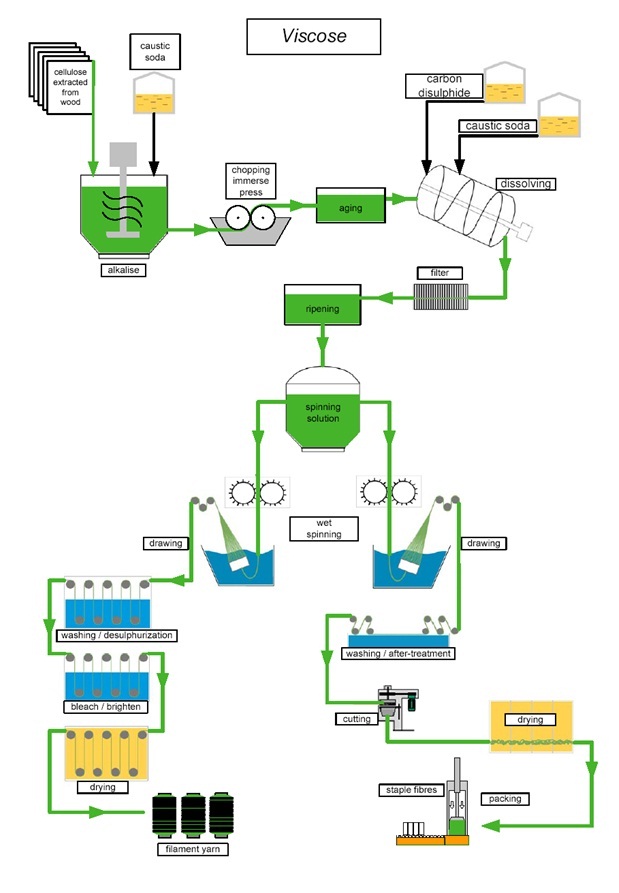

This work is licensed under a Creative Commons
Attribution-ShareAlike 3.0 Unported License.
 Return to Chemistry,
UWI-Mona, Home Page
Created and maintained by Prof. Robert J.
Lancashire,
Return to Chemistry,
UWI-Mona, Home Page
Created and maintained by Prof. Robert J.
Lancashire,